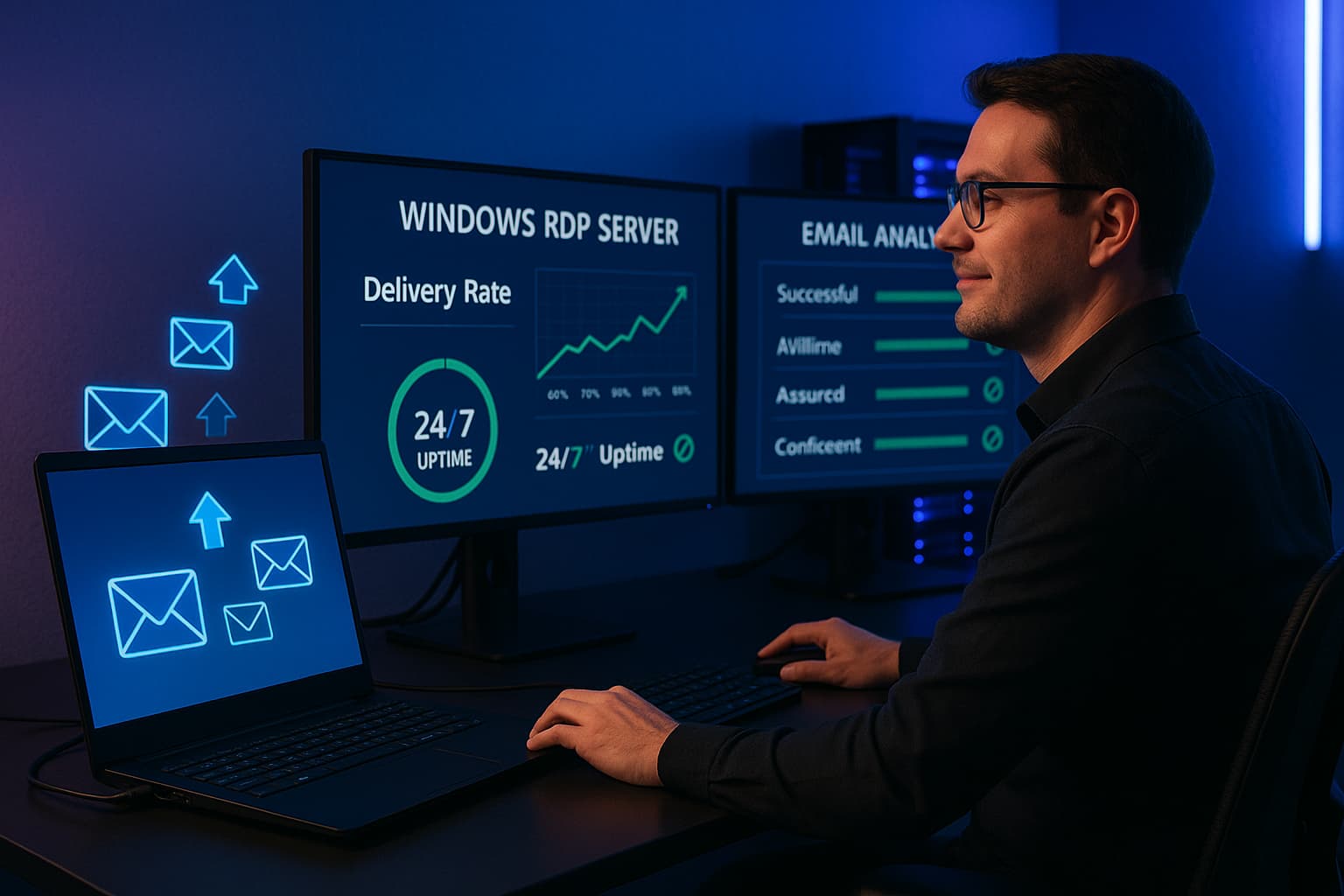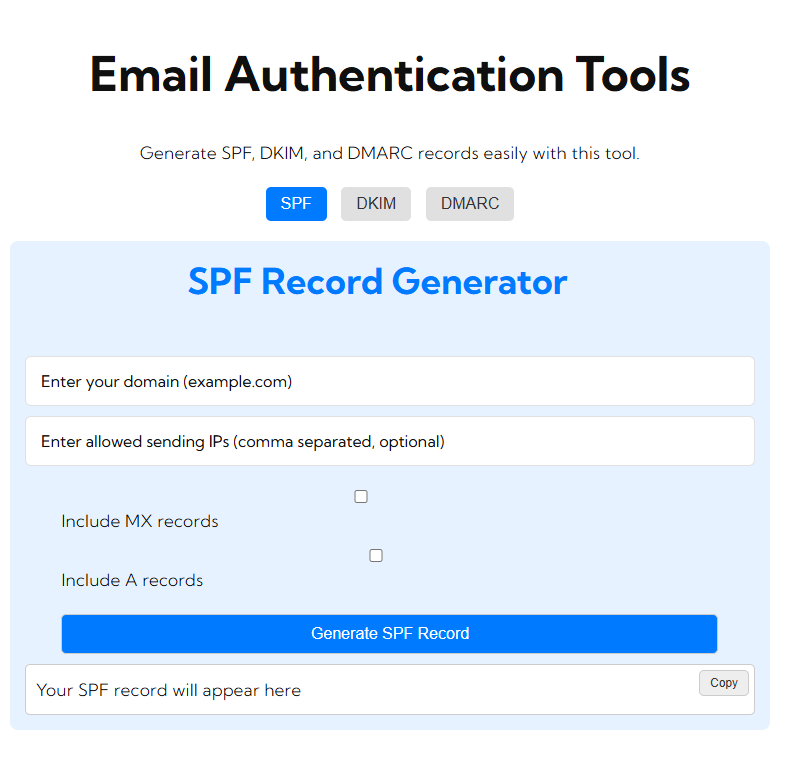Unsolicited emails, in other words, cold emails can be quite a gold mine if done rightly. They make it possible to reach a much larger population and may convert leads into customers. However, there are strategic measures to sending unsolicited emails so that you do not end up facing any legal conflicts while being sure that your message comes across quite nicely with the recipient. So, how do you send unsolicited emails safely and effectively without compromising your good name? We have discussed this very elaborately in the blog below.
1. Know the Laws and Regulations on Spamming
Know, prior to launching a campaign, the email marketing laws of a region. Thus:
- For the USA, under the CAN-SPAM Act, it requires an email marketer to provide an unsubscribe option, to have a valid postal address, and should not use a deceptive header.
- In the case of the EU, the GDPR demands explicit consent before sending emails to a citizen of the EU.
- Express or implied consent must predate the sending of CASL-compliant commercial electronic messages in Canada.
2. Targeted Email List
There needs to be a suitable audience for unsolicited emails:
- Use lead generation tools: Use LinkedIn, Hunter.io, or email finder software that can give you the email addresses of prospects who are interested in services you offer.
- Segment your list: Segment your email list into industry, role, or need and customize the message to such a targeted audience.
3. Interesting Email
The success of cold emails largely depends on the quality of content:
- Subject Line: Use a clear and interesting subject line without being spammy.
- Personalization: Use names and customize the content of the email to create interest among the recipient in their areas of specialization.
- Call to Action or CTA: Use a clear and simple call-to-action that leads the recipient towards the desired action.
4. Provide an Easy Unsubscribe Option
Always allow recipients to unsubscribe from your mailing list:
- Compliance: That keeps you in good standing with legal requirements and enhances your sender reputation.
- Easy Unsubscription Process: You would not want to make it difficult for somebody to unsubscribe by being annoying, a hurdle, or taking too much time; that would be a horrible relationship with potential leads.
5. Campaign Monitoring and Analysis
Track how your unsolicited emails do:
- Open and Click Rates: These statistics would help you understand if the content of your email is effective to resonate with your readers.
- Improve from user’s feedback and behavior. Continuously keep improving your email campaigns over time by using the response from the users for strategizing.
FAQs
- Is it a crime to send unsolicited emails? No, sending the emails themselves is not a legal crime as long as you are following the applicable laws of the land. These can include, but not be limited to the CAN-SPAM Act, the GDPR, or CASL. A good opt-out policy, no misleading information, and making sure that you honor the privacy that is respected by the recipients of your email.
- How to Increase the Open Rates of Unsolicited Emails Improving open rates can be achieved in a number of ways such as paying attention to an impactful subject line, personalization, and proper timing in sending messages. The format of the email also has to be tested and then concluded which is likely to work well.
- If my unsolicited emails were marked spam? Go through the list to ensure that you reach the right people, and improve the content quality while being careful of not using spammy words in the subject line and mail body by avoiding excessive use of capitalization.
Conclusion
Unsolicited e-mails may be a very useful ingredient in your marketing mix, as long as implemented properly. Key is a proper respect for the laws involved in email marketing, like appropriate content—for instance—and always giving options to opt out that are not difficult to find.






